Modern Enchantments: An Interview with Simon During
Secular magic and the modern cultural imagination
Sina Najafi and Simon During
Enchantment, glamour, and fascination are just a few of the words in the English language that derive from the vocabulary of sorcery. But despite this linguistic acknowledgement, the full extent to which secular magic—the magic of illusions and conjuring acts—has helped shape modern culture had not been acknowledged until the publication in 2002 of Simon During’s Modern Enchantments: The Cultural Power of Secular Magic (Harvard University Press). As During, professor of English at John Hopkins University, puts it in the introduction to that book, “Magic shows have helped provide the terms and content of modern culture’s understanding and judgment of itself.” Sina Najafi spoke to During by phone.
Cabinet: What does “secular magic” mean?
Simon During: Secular magic is magic that makes no claim to be in contact with the supernatural—it’s not calling on hidden powers to act on the world.
You delineate several other types of magic in the book.
Traditionally, four sources of European real magic have been identified. First, philosophical, spiritual magic, such as Neoplatonism, Hermeticism, and the Cabbala. Second, forbidden or “mantic” arts, such as necromancy, geomancy, etc. Third, what Keith Thomas calls “popular magic,” which includes charms, medical spells, omens, and so on. And last, natural magic, which delved into nature’s secrets to uncover marvels and wonders, and which is a precursor of modern science. Of these the most important to the formation of secular magic is natural magic. As I say, secular magic is marked off from any form of magic that claims supernatural power, yet one of the paradoxes around which the book turns is that for official thought going back well before what we think of as the processes of scientific rationality, magic has always been under suspicion, and its claims to effectiveness and truth routinely called into question.
So, real magic’s marginalization does not in fact start with the Enlightenment?
No, magic’s big enemy is organized religion. That’s why we see Judaism, for example—and organized monotheistic religions in general—having strong policies against magic from time immemorial. The fact is that a lot of Jewish miracles, like Moses turning a stick into a snake, were structurally similar to magic. But our supernatural forces are on the side of God, theirs are on the side of the devil, or at least a false god. We have religion; they have magic.
Would the different agencies behind miracles and magic tricks be the sole basis for the different evaluations?
Yes. The real difference between a miracle and a magic act is that the miracle is God’s. The claim that miracles are in fact forms of magic too becomes crucial later in the West, particularly in the context of the Protestant contestation of Roman Catholicism when some Catholic rites were written off as superstitious magic. And then again in the skeptical Enlightenment. From about 1660, Jesus himself is alleged to be just a magician. That tradition peaks with David Hume’s (1711–1776) philosophical arguments against miracles.
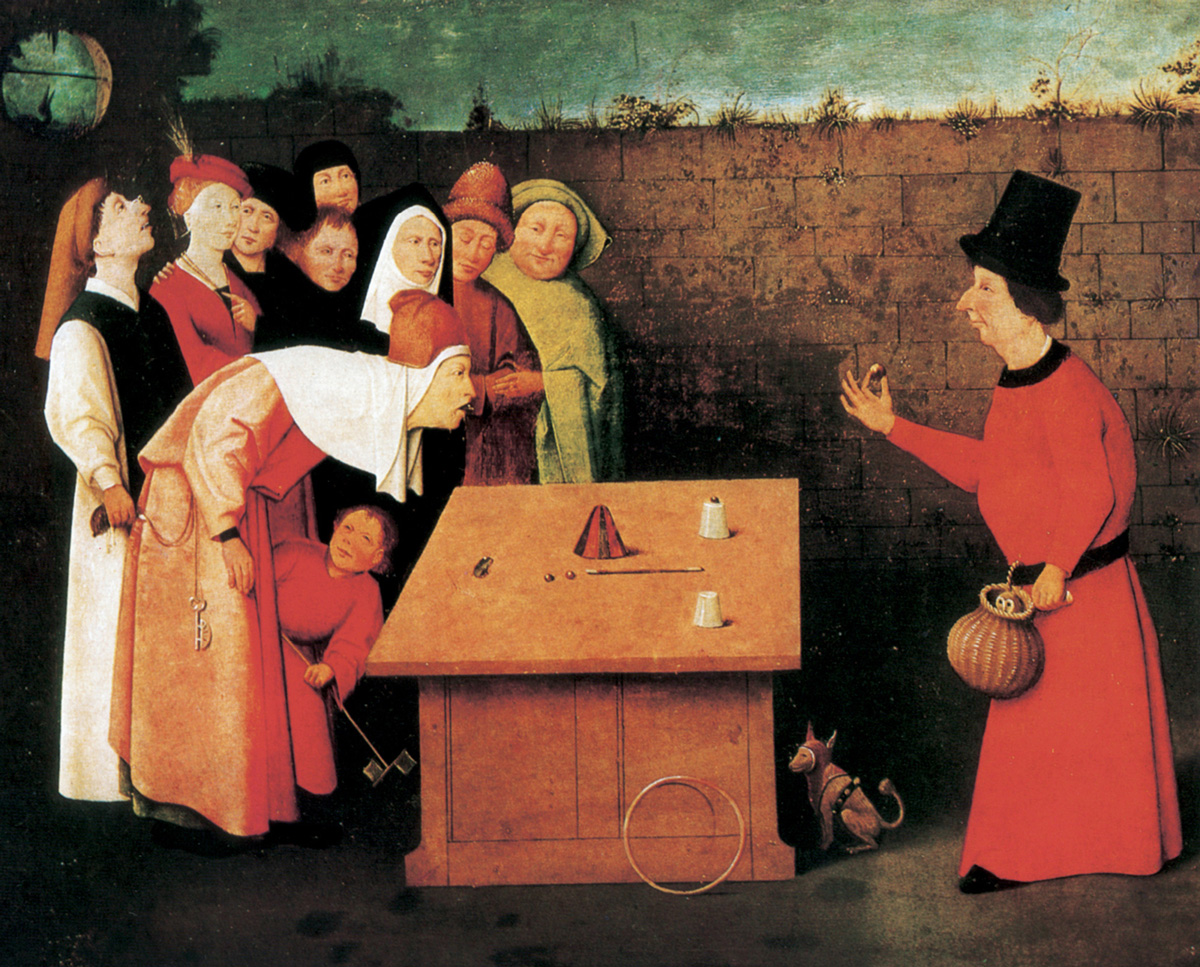
I wanted to ask you about the subtitle of your book—“The Cultural Power of Secular Magic.” Can you speak about that cultural power, and why, if it has been so powerful, it’s also, as you emphasize, very difficult to chart and analyze?
The basic claim of the book is that secular magic—that is to say, magic that doesn’t claim to be supernatural but has a relationship with the fictional and the emergence of show business—has had a greater effect on culture and society than we usually grant. Why has secular magic’s contribution gotten lost? For several reasons. It’s been neglected because historically it has had so little cultural capital. And it carries no ethical or moral charge. And it’s closely connected to deceit. Then there’s the secrecy that magicians operate under, which means its historical archive is limited. A lot of the information on how tricks work is never revealed. Magic acts usually don’t have written scripts and don’t leave traces. They slip out of historical memory for that reason too.
I loved the section where you discuss the problems that this culture of secrecy caused when magicians tried to file patents on their innovations: the elaborate false patents they’d come up with to throw others off, and so on. But going back, could you elaborate on the importance of secular magic? What are the ways in which modernity has been inflected by secular magic?
I think there are three main ways. First, magic or illusion shows in one form or another were crucial to the emergence of the modern entertainment industries. That begins happening in its recognizably contemporary form around 1700, and has several epochal later moments, including the emergence of film in the early twentieth century. Contemporary forms like, for instance, the circus—which was invented around 1750 in London—were originally also closely connected to magic shows. What’s constant in the emergence of these different modes of entertainment is their recourse to magic and illusion. The whole discourse of magic, of things being magical and charmed and entrancing, has been important, too, in developing show business. It invokes a realm of fascination that has helped to sell, promote, and market, as well as to guide people into modern forms of secular culture. This has not been properly recognized because we’ve tended to think of secular culture as being either aestheticized or not, so that the realm of the enchanting and the amazing has been neglected in cultural theory and history. The third way that magic’s been important is more ambiguous, which is that it’s helped kill a highly supernaturalized world, a world in which the supernatural and the everyday are in normal and constant interaction. The undoing of that world has owed much more to secular magic than we often reckon—we tend to think of the process of secularization in terms of rationalization and empiricism, but my claim is that it also owes a great deal to the empire of illusion which stakes out a popular and commercial enlightenment.
You cite 1584 as a possible starting point for the process by which secular magic begins slowly to separate itself out from other kinds of magic. Why is this date so important?
It’s a little arbitrary, but that’s the year in which the very first little magic how-to book is published in France, and it’s also when Reginald Scot’s epoch-making Discoverie of Witchcraft is published. Scot was the first participant observer of actual magicians. He hangs out with them to report on how they do their tricks. Why? Because he’s interested in ending witchcraft persecutions: he wants to prove that much so-called witchcraft uses natural means. He is a trained lawyer and has a legal concept of evidence. So he provides the first real information about what secular magic was like in the early modern period. A flash of light illuminates the dark historical night hovering over this world.
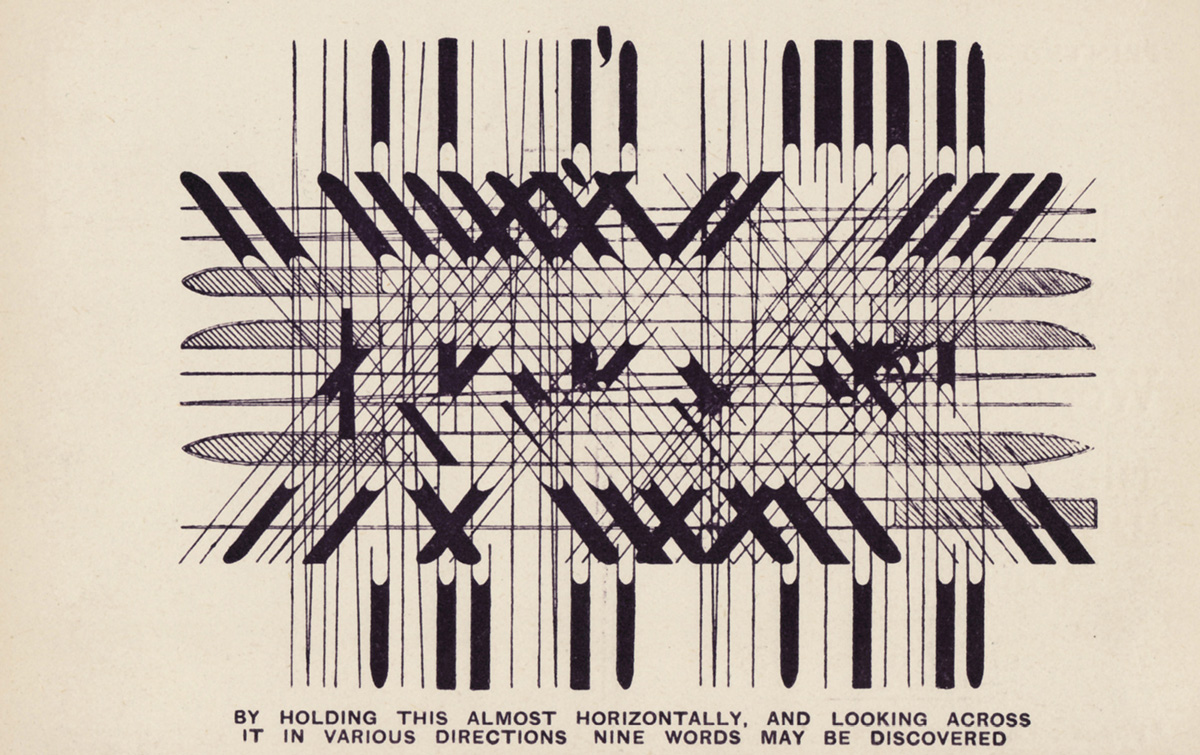
Where are the various kinds of magic acts happening at that time?
There are two or three different genres of magic acts. There’s court magic performed by magicians who travel through Europe for royals and aristocrats. Some of these court magicians work on the side as spies or diplomats, or maybe are spies working on the side as magicians. Then there are the fairground entertainers whose mecca was London’s Bartholomew Fair, held each August until it was closed as a public nuisance in the nineteenth century. These fairs attracted all kinds of entertainers, including magicians. Then, there are itinerant magicians who wander around from place to place, performing in taverns or wherever they can grab an audience. I guess the last form is the street magician, often with just one or two tricks up his or her sleeve—there were more women working at this level than in other, more prestigious, ones.
Do we know how they were getting paid? Were they charging people to watch?
Mainly they would charge at the door but some magicians also colluded with pickpockets. That’s another aspect of magic history: the relationship between illusionists and crime or con tricks of one sort or another. Magic, one of the oldest continuous forms of entertainment, has routinely been connected to petty criminality. Both involve deceit.
So magic is fighting two battles: to dissociate itself from the supernatural, but also to dissociate itself from crime.
Absolutely. Respectable and commercial public magic really didn’t start to emerge until the very beginning of the eighteenth century in Britain.
Who are the figures in that transition?
One of the most important is Isaac Fawkes (d. 1731). He performed dressed as a gentleman in respectable, quasi-theatrical spaces. He was also connected to the development of mass media because his business relied on newspaper ads and must have been aimed at least partly at the literate. The association with the media and theater is what lifts magic up to this form of respectability. However, Fawkes and other magicians at this time still don’t call it magic. That’s still not safe; they call it “Feats of Dexterity” or some such.
Do we have a sense of some of Fawkes’s tricks?
He was famous for the “Egg-Bag Trick,” what they call a production trick these days: more and more stuff comes out of a bag, and when there just can’t be anything else, out comes the elephant. Well, not an elephant in his case actually: they’re there only in magic shows around 1900. And he threw cards at speed into the air, a magician’s feat known as “card scaling” that is still performed today. Magic has a slow history.
Can you sketch what happens after Fawkes? I was especially interested to see that the disavowal of the supernatural seems to have been so successful that later magicians feel comfortable flirting with it again—in the book you discuss, for example, the nineteenth-century magician Carl Hermann, who even innovates the now clichéd Mephistopheles persona for his act. How does this dissociation work from Fawkes down to Giovanni Pinetti (1750–1800) and Jean-Eugène Robert-Houdin (1805–1871)?
After Fawkes, some successful magicians become more capitalized and begin using much more advanced publicity techniques, often borrowed from “quack doctors.” They enter towns with white horses, boast about the amount of money they’ve invested in their apparatus, and so on. You get hype as we know it. At that point, some magicians also hire established theaters for a night or two for audiences of a thousand or more. These developments belong to the end of the eighteenth century and can be associated with Pinetti, who performed across Europe, though apparently he wasn’t very good technically. At the same time, magic becomes technologized—for example, you get magicians using electricity from about 1750: many people learned about electricity from magic shows. As magic becomes technologized, capitalized, and hyped, it gives birth to modern show business. The nineteenth century just continues with all this. Robert-Houdin makes a distinctive contribution though: he aestheticizes magic—turning performative skill into something to be impartially appreciated and judged. That is really a first. He famously dressed as a respectable bourgeois—he had connections to the clock-making trade—and presented himself simply as a wizard of craft and skill. The other side of magic—the opposite of Robert-Houdin’s—risks more and more proximity to the supernatural, to real magic. Magicians present themselves as demonic, Mephistophelean figures. And how-to books begin to advise apprentice magicians that they are actors performing as magicians.
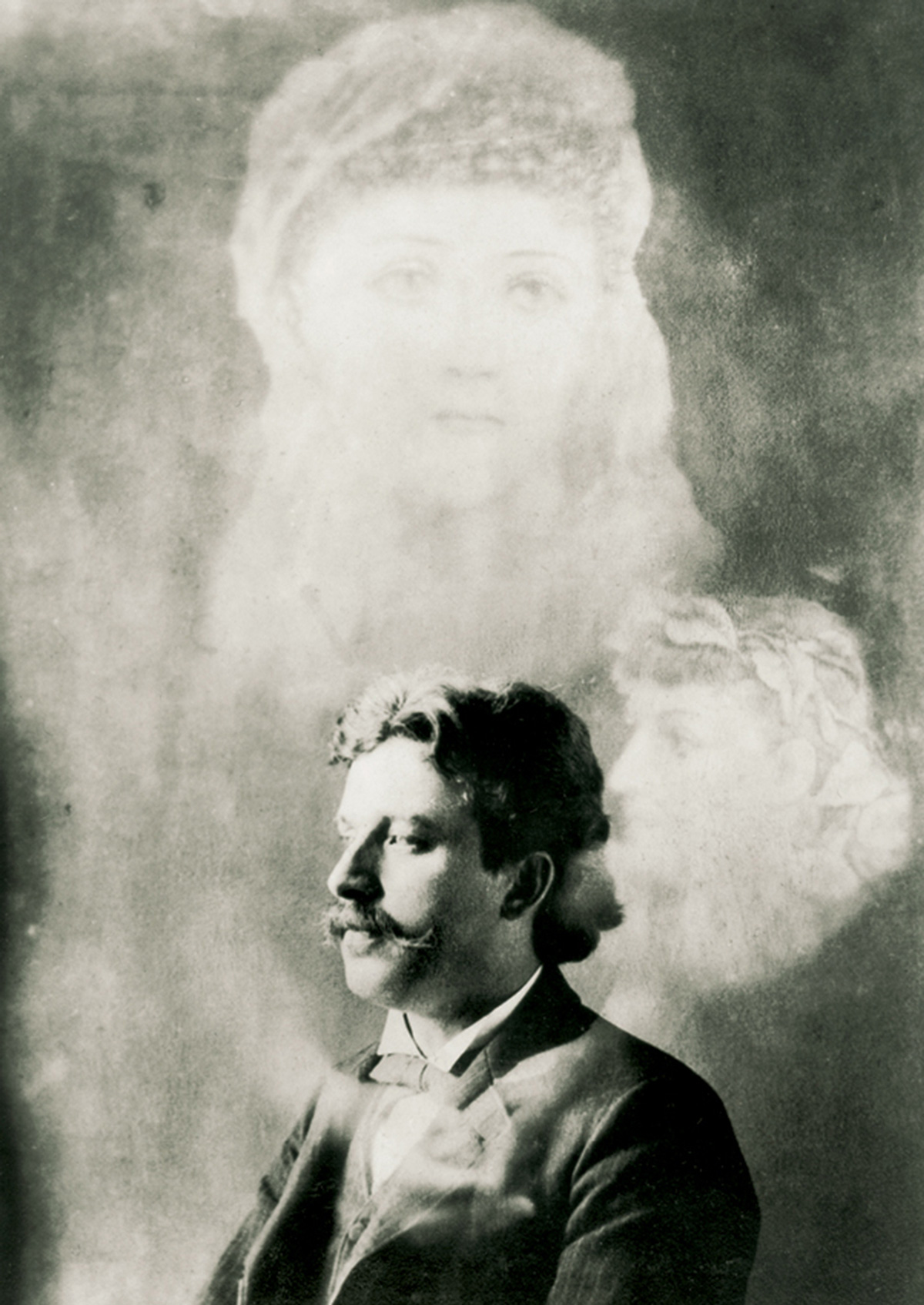
Once the culture was able to accept that stage magicians don’t have supernatural powers, then magic can begin connecting itself up in more complicated, ambiguous ways back into real magic. It’s also true that not everyone out there was capable of making the supernatural/real magic distinction. Magicians’ memoirs from the second half of the nineteenth century recount that after shows people would regularly ask to be put in touch with their dead relatives, or have their sexual potency restored, and so on. It may be that these stories are largely hype, and one of the problems in writing magic history is that magicians rarely tell the truth. But my feeling is that in this case it wasn’t all hype.
Do magicians like Pinetti or Robert-Houdin already interact with the audience at this stage, or is that a later innovation?
Yes, it happened then. One trick that was quite popular at the time involved magicians taking audience members’ shirts off. And volunteers are called out of the audience for second sight acts or the famous bullet act, where the magician took aim and shot a gun at an audience member. And, more importantly, the forms of interaction can get more and more sophisticated since magic acts call up a wide range of emotions and capacities. They can be cruel—magicians have to be very careful about the line where they begin to humiliate their audience. There can be something humiliating simply in falling for an illusion. So that’s a structural risk. Petty sadism can be routinely part of the show and can turn funny if the magician messes up—and sometimes they really would mess up and save themselves by improvising a comic routine. Or magicians can pretend to mess-up: it’s scripted. Magicians play with intellectual curiosity as well. All kinds of games can be played with the question everyone’s asking: how’s it done? So there are layers and depth in the magic theater environment: curiosity, comedy, fear, sadism, amazement.
I wanted to ask you about magic’s ability to move across national borders in relation to the colonialism of the period. Magic seems especially porous to influences from other cultures and contexts.
Magic is especially cosmopolitan because it is not primarily verbal, and does not need to be translated across languages. Maybe magic tricks do require some cultural competence to appreciate them, but almost anybody from any culture can get their point almost immediately. So can young children. So magicians travel from place to place more than any other entertainers before the development of modern sport. But on the other hand, one of the outcomes of the Enlightenment is that white people are considered inherently intellectually superior and more rational than people of color. One of the signs of this supposed superiority was that whites were skeptical about magic, and colonized people, people of color, were not. That logic made it very difficult for magicians of color to make it, though there are exceptions to that in the US in the early nineteenth century. And from the beginning of the nineteenth century, we do find magicians from China and South Asia touring Europe, though they operated under the sign of the exotic and tended to perform feats of skill rather than full-scale illusions. This is particularly true of Chinese magicians, who introduced gymnastics and revolving hoops into magic. I think that this emphasis on physical skill helped these magicians cope with the prejudice that people of color are innately connected to real magic, since they aren’t fully enlightened.
Your book in fact also addresses the notion of belief and how it was restructured in the Enlightenment so that we are allowed, paradoxically, to both believe in something and not at the same time.
The rise of secular magic is closely tied to the increasing power, substantiality, and dissemination of fictionality. It’s no surprise that the realist novel takes off as a genre at the same time as an entertainment industry based on secular magic: they share a cultural logic. What they both require is the famous “willing suspension of disbelief,” which, like you say, means that you believe and don’t believe simultaneously. The popularization of fictionality also means that you have to be able to deploy your capacity to believe in much more supple ways generally. But I make an argument that in the end we should give up the notion that belief is something that you have or don’t have. I don’t think it operates quite that way. If you insist on finding out about the status of my belief, often I don’t know whether I believe or don’t. What’s at issue here is not so much the off-on status of my belief, but whether the pressure to believe can deal with the complex ways that we relate to modern forms of truth, fiction, and ideology.
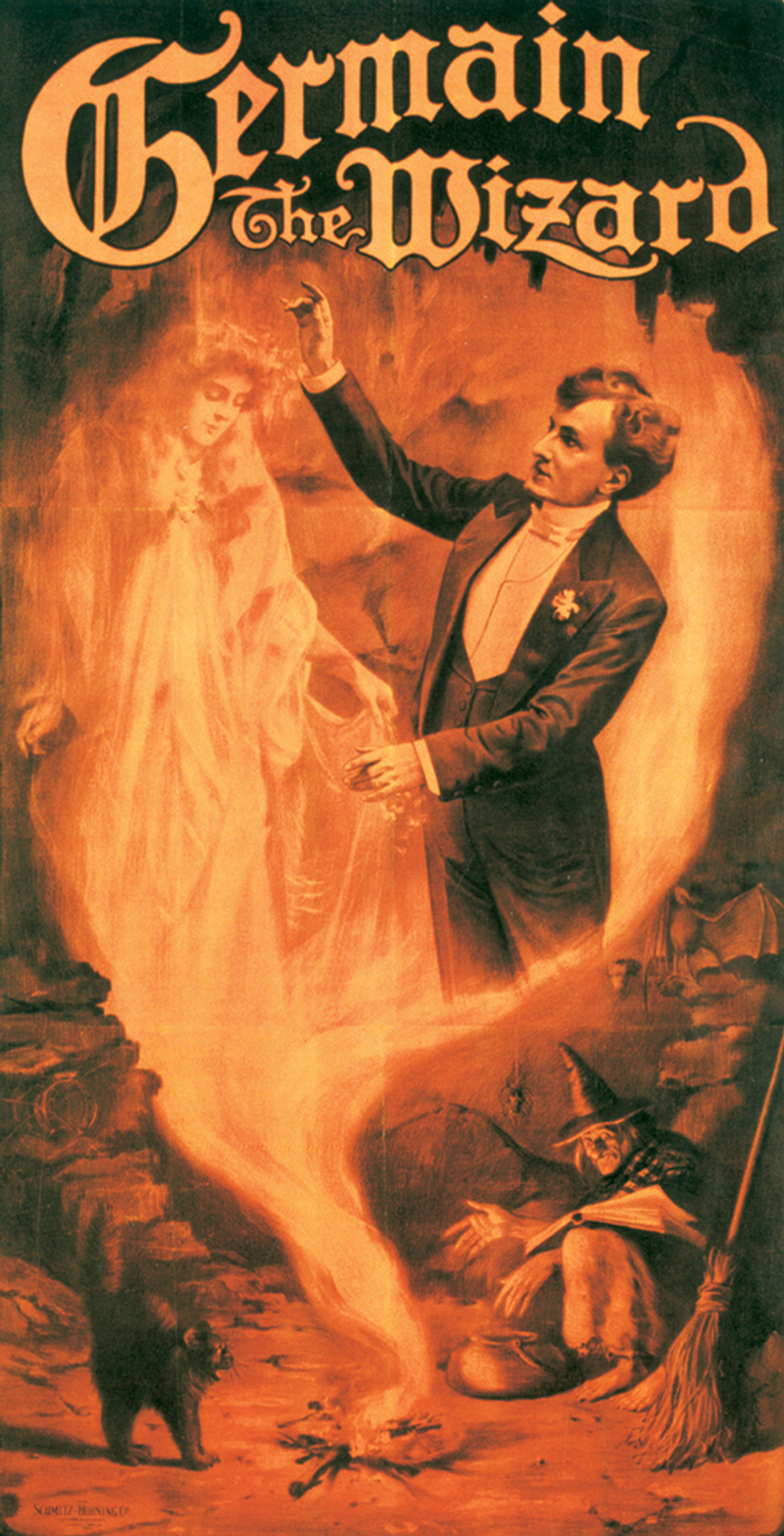
In a Lacanian-Marxist theory of ideology, you believe through your material practices, which means that you can believe even if you have a cynical relationship toward those practices. Would this notion of belief, which is no longer a category of knowledge, be a way out for you?
Yes, I think so. But I would want to ask why you still use the word belief. The power of ideology—which is, as it were, the non-truth that we take as truth—is something that Lacanian theory takes up in relation to the theorization of fiction as what you simultaneously believe and don’t believe. But, as I say, I’m not sure that the category of belief is necessarily, from a theoretical perspective, the most useful category to have in mind here. The real question is, why do we believe in belief? What is our investment in this category of belief? And I would argue that it’s a residue of the privatization of religion. The big question that finally hovers over all this is our faith or belief in God, and the religious ethical requirement of all individuals to declare themselves believers or non-believers. To repeat: the category of belief is not really able to deal with the actual complexities of our responses to the kind of secular cultures, or mixes of secular and non-secular cultures, that we inhabit.
Does this also mean that we should re-evaluate the extent to which the spectacle of magic, and let’s say spectacle in the larger sense, has power over us as spectators?
I love Debord and I understand the attraction of thinking about the spectacle. But I do think that posing our relationship with the spectacle as one in which it either overcomes us or from which we can free ourselves through radical critique is a problem. I just don’t think our relationship to the spectacle can be thought through the possibility of that choice. I think that there is more critical agency spread across the culture than hard Marxist, Lacanian, or Debordian theories of ideology allow, partly because you can be critical and be under spectacle’s spell simultaneously. Ideology has holes because of this ambiguation. Maybe that’s something the history of secular magic can teach.
The nature of belief was thrown into vivid relief through the advent of spiritualism. Could you discuss that history?
Spiritualism is a totally fascinating historical phenomenon, and an American one. It began in 1848 in upstate New York in an area where many evangelical Protestants lived when a couple of barely adolescent girls—Kate and Margaret Fox—heard a series of strange rappings. They later confessed to having fabricated everything but the movement gained immense popularity and credibility nationally and internationally. I would analyze its success as a reappearance of real magic outside of religion. Spiritualism is real magic in the sense that people seriously went to séances expecting to talk to the dead, in many cases “successfully.” But it’s also rationalist since it doesn’t formally require faith or God’s grace. And spiritualists could also merely claim natural psychic powers of course: scientists often examined them to find out what these powers might be. These examinations developed the new discipline of psychology.
And there are intimate connections between spiritualism and the birth of film, spiritualism and magic acts, and spiritualism and psychology. Spiritualism immediately gets caught up in the world of secular magic. Two young Americans, Ira and William Davenport, set out to make their career by transforming spiritualism into spectacular entertainment. The prohibition against joining entertainment and supernaturalism here comes undone once again. And yet there were also court cases against spiritualists where the chief prosecution witnesses were stage magicians, since they had expert knowledge on how the tricks were done.
There’s a structural difference between magicians and the spiritualists. Magicians tend to embrace enlightened rationality; spiritualists were often close to evangelical Christianity. Some of the most important magic acts of the late nineteenth century gained cultural and intellectual capital by being at the forefront of the resistance to spiritualism, including George Méliès (1861–1938). But we shouldn’t forget that there were magicians who would do a spiritualist show as entertainment one night and for real the next.
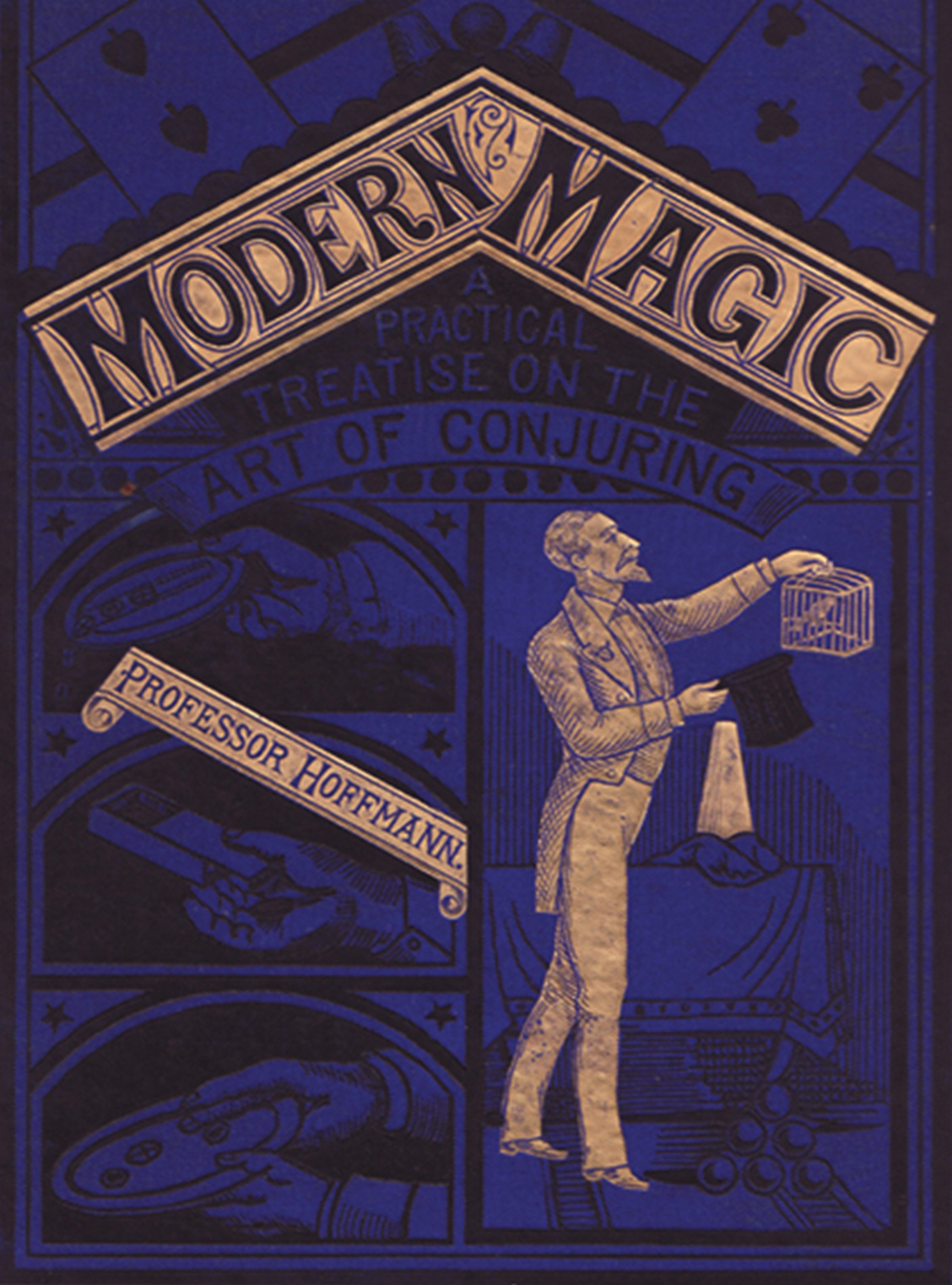
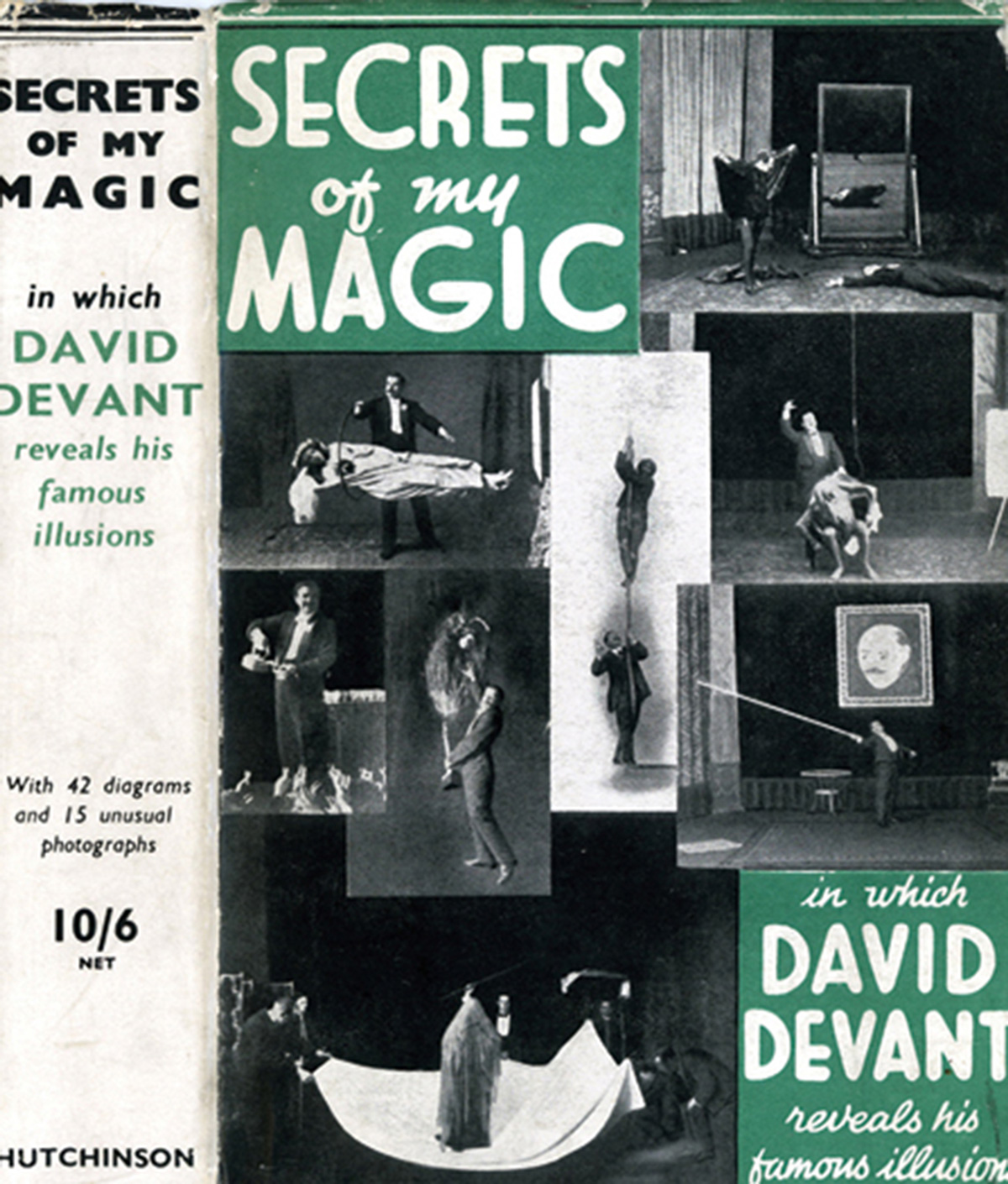
Can you tell us a little about Méliès and spiritualism?
Méliès’s was the proprietor of a small magic theater in Paris, who went on to become the first globally famous filmmaker. He built the first film studio, owned the first branded film-production company, Star Films. His films had a global distribution. In his theater, he presented magic playlets: he got the idea from the London magic theater run by the Maskelyne family. He was committed to enlightenment values and leftish politics, he was trying to perform for the educated middle-class, and some of his magic plays and films were anti-spiritualist, as I say.
Is this related to the relationship between magic and cinema that you’ve alluded to?
The basic relationship between magic and cinema is an institutional one. When the technology of cinema first becomes available, its commercial appeal is not immediately apparent. It’s a gimmick and the people who first disseminate and distribute and take it around the world are mainly magicians, who show it as a form of magic illusion. Film was first seen in Africa, Asia, and Australia as part of magic acts. The same is true in London, where the first person to exhibit films was a magician named David Devant (1868–1941), who worked for the Maskelynes. But it was Méliès who had the best grasp of what film could contribute to show business. That’s because he recognized that the medium was ideal for magic: he develops some of what we call “film language”—the cut, the superimposition, the fade—as a bunch of tricks.
I found your discussion of the demise of Méliès’s enterprise interesting. He refused to incorporate into his films what he thought were dishonest illusions, though many of these editing and shooting techniques were in fact the future of film.
For Méliès, you always had to declare that a trick was a trick; otherwise, you were conning or deceiving your audience. As soon as film loses connection with magic, which it does when people like Edwin Porter in the US invent shot/reverse-shots, interposed close-ups, moving cameras, and bring the camera closer to the actors, then Méliès gets disgusted and his business collapses. He ends up selling tobacco and sweets in a stall at the Gard du Nord.
You discuss the temporality of magic acts, for example in Houdini’s (1874–1926) escape tricks, and especially in Washington Irving Bishop (1856–1889), an American who is mindreading and locating hidden objects while blindfolded. He broke with the temporality of classic magic acts like Maskelyne’s or Devant’s, and you link this new temporality to their being American.
In the late nineteenth century, entertainers further exploit the borderline between real and secular magic—they build their acts not around the question, “How does he do it?” but, “Does he have real magic powers or not?” And they take advantage of the increasingly massified media system. Bishop’s most famous routine worked like this: someone would hide an object somewhere in a city, and Bishop, starting from wherever, would lead that person to find it. Tens of thousands of people would follow him as walked through the streets. The performance would make headlines. The city under media saturation was his theater: his acts happened in unpredictable real time. His claim was that he was uniquely sensitive, that his psychic apparatus was able to pick up cues that nobody else’s could. He could use this apparatus on stage too, for mind-reading tricks. In effect, he was psychic, though he didn’t communicate with the dead, and his psychic powers were not presented as magical. They were just supernormal. But at the same time he was considered to be the archetypal modern man: the avant-garde of contemporary “nervousness.” What happens at the end of the nineteenth century is that a showbiz figure like Bishop can be both a cutting-edge representative (or symptom) of the frenetic modern era and an evolutionary leap, neurologically in advance of the rest of us.
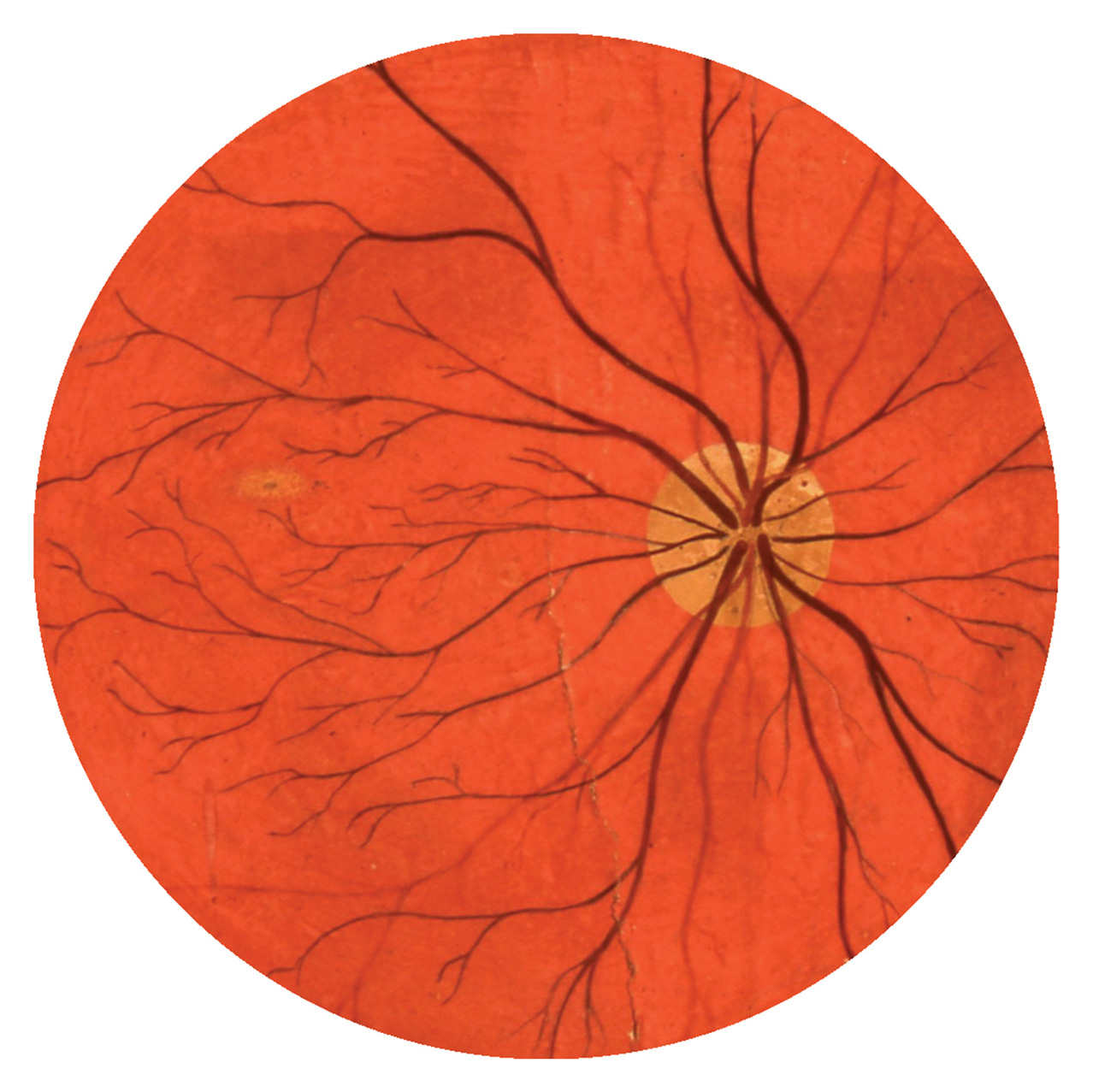
I’m curious to hear what you think the future of the art form is.
I think that magic has a future. Or rather that it will never die. But the division between large-scale, highly technologized, David Copperfield-style magic and close-up magic is increasing. Large-scale illusions are under pressure; stage shows can’t compete with the digital media here. Film has totally absorbed magic in terms of special effects. But close-up magic is alive and well, and is once again being appreciated as art and entertainment. Maybe that’s partly because the old art/entertainment distinction is under pressure itself. Anyway some art schools now teach magic. So I have no fear for its future. Let’s not forget as well that magic has always had a relationship to childhood—it’s children who are most fascinated by magic, and nothing is going to change that. One of the reasons why we feel ambivalent about magic is that it can remind us of a period of our life where we found it harder to separate the real from the amazing illusion. And magic always awaits us, whenever that distinction is weakened.
Simon During is a New Zealander now teaching in the Johns Hopkins English department. He has written on a range of topics from postcolonialism to the cultural impact of Anglicanism. His current work explores intersections in Britain between politics, religion, and literature in the period 1688–1956.
Sina Najafi is editor-in-chief of Cabinet.